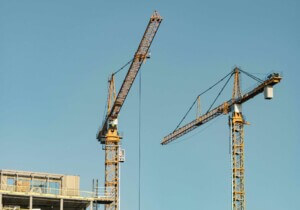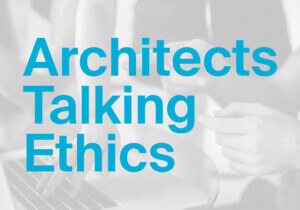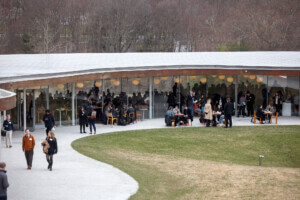The Architecture Billings Index (ABI), the measure the AIA uses to track design services demand, took a dour downturn in March 2020 as the coronavirus pandemic shook economic confidence and locked up job sites—but April’s numbers, released this morning, are much worse.
The ABI is a composite number that factors in regional averages, design demand by sector, project inquiries, and existing design contracts. Anything over 50 represents month-over-month growth, anything under is a decrease. In March, billings had dropped to 33.3, the steeped decline ever recorded in the metric’s 25-year history, but in April the ABI slid even further to 29.5.
Regionally, the Northeast was predictably hit the hardest, as demand slid to 23.0. The West figures were the strongest at 38.1 (still severe contraction), while the Midwest came in at 31.2 and the South at 31.1. This is unsurprising, as construction, even a month later, remains highly constricted across the U.S. even as some cities have begun tentatively allowing non-essential construction again.
Sector-wise, institutional work remained the strongest, as expected, at 36.1, while the commercial and industrial sectors dropped to a paltry 27.8. Multi-family residential projects fell to 30.3, and mixed practice projects came in at 29.0. In March, all four typologies were in the mid-to-low 40s range.
Inquiries into new projects, which had dropped to 27.1 in March, rose to 28.4, while the design contracts index remained low at 27.6.
“With the dramatic deceleration that we have seen in the economy since mid-March,” wrote AIA chief economist Kermit Baker, Hon. AIA, “it’s not surprising that businesses and households are waiting for signs of stability before proceeding with new facilities. Once business activity resumes, demand for design services should pick up fairly quickly. Unfortunately, the precipitous drop in demand for design services will have lasting consequences for some firms.”











